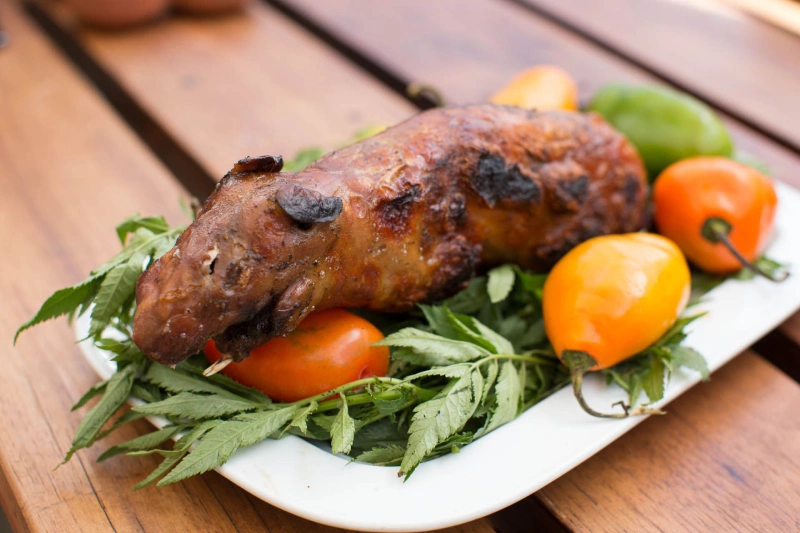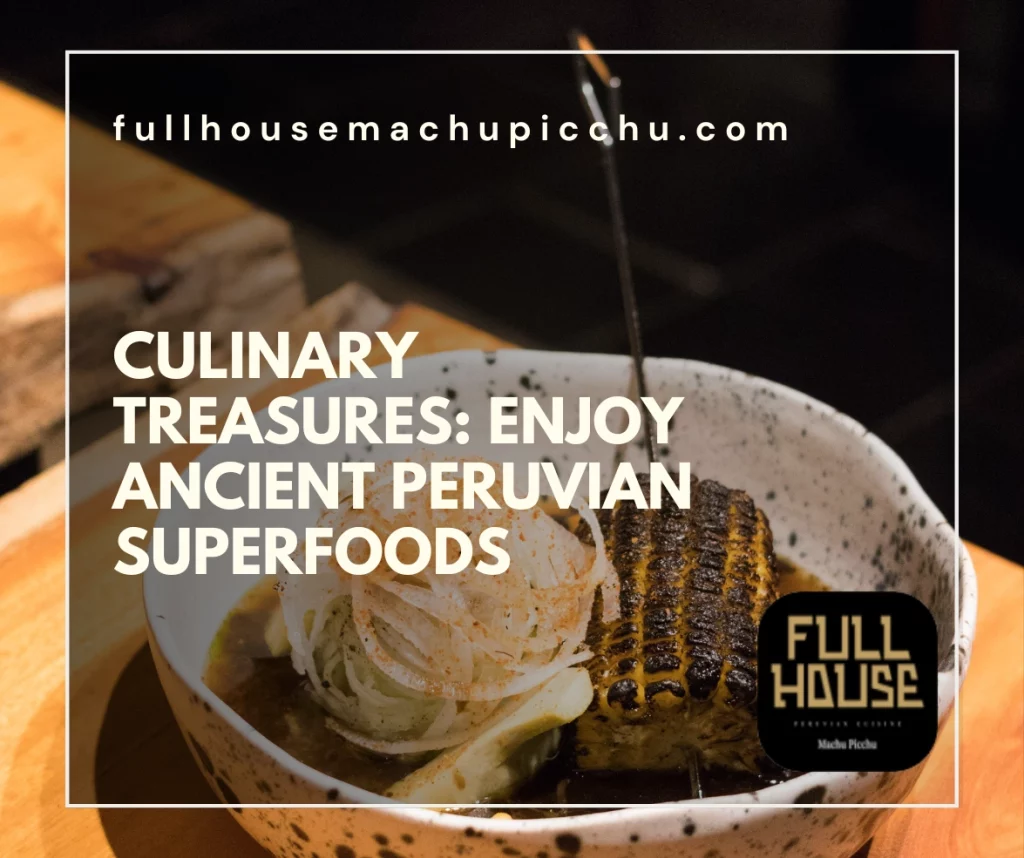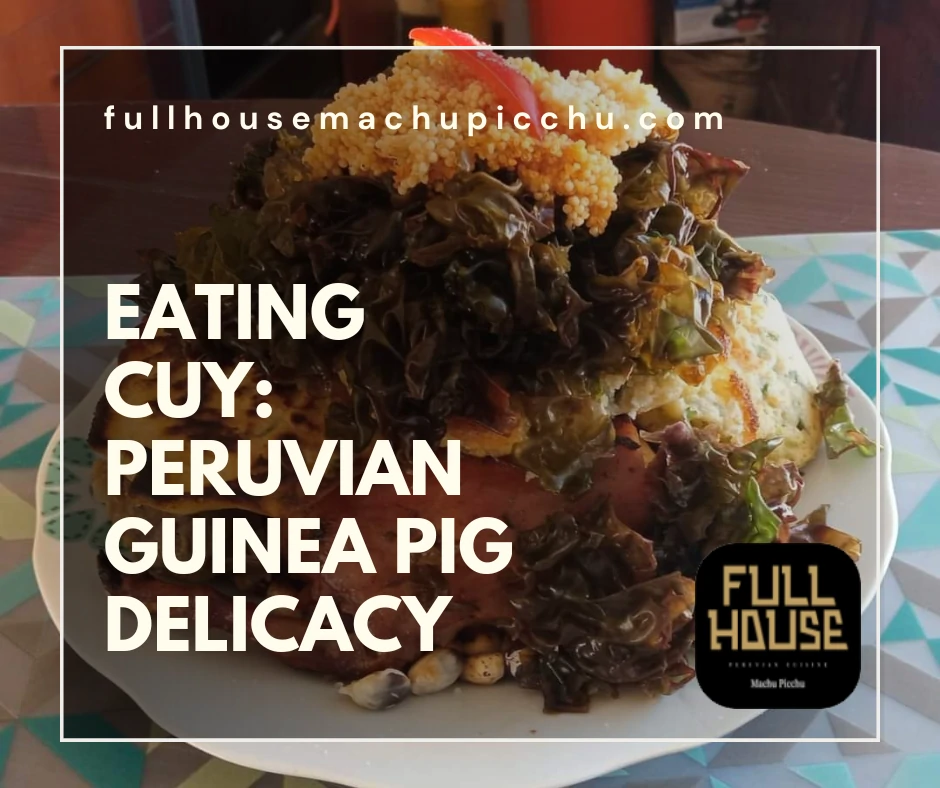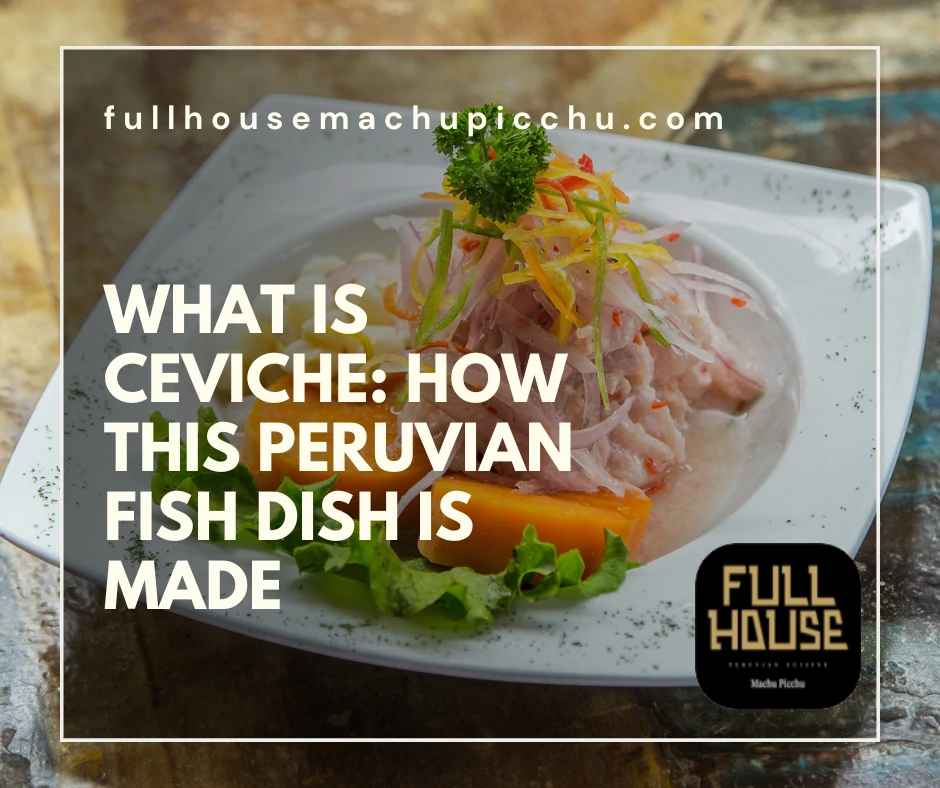Peru is a treasure trove of ancient superfoods. These foods offer a blend of rich history and nutritional benefits. They’re a must-try for any visitor. Peruvian superfoods do not dissapoint.
Exploring Peru’s culinary scene is a journey through time. You’ll encounter foods like quinoa, maca, and amaranth. Each has its unique flavor and health benefits.
This blog post will guide you on how to enjoy these superfoods. We’ll share where to find them and how they’re prepared. Dive into the heart of Peruvian cuisine with us.
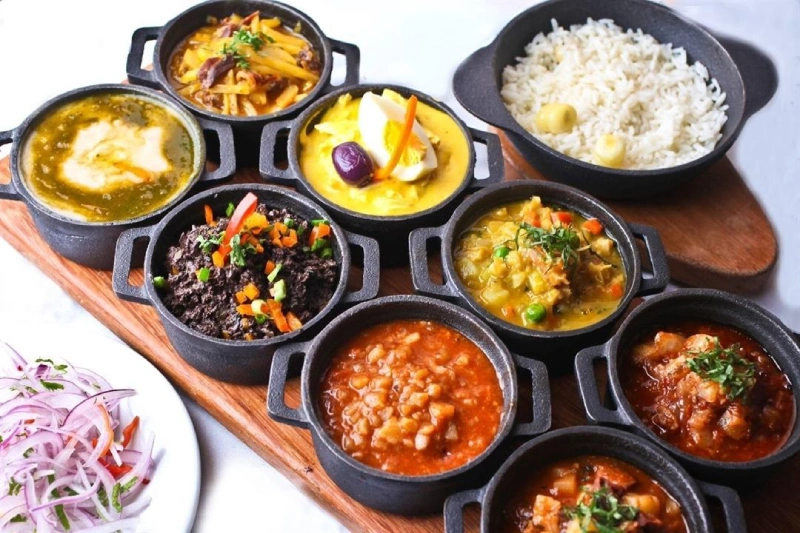
Discovering Peru’s Superfood Staples: Quinoa, Maca, and More
Peru’s rich culinary landscape offers more than just tantalizing flavors. It introduces the world to ancient Peruvian superfoods. These superfoods have nourished civilizations for centuries.
They continue to gain popularity for their health benefits and flavor. Let’s explore these nutritional powerhouses.
Quinoa: The Incan Mother Grain
Quinoa stands out as a versatile superfood. It was a staple for the Incas, revered as the “mother of all grains”.
High in protein, fiber, and vitamins, quinoa supports a healthy diet. It’s gluten-free and contains all nine essential amino acids.
This makes it a complete protein source. Quinoa adapts to any dish, from salads to desserts. Its nutty flavor and fluffy texture enhance any meal.
Maca: The Andean Energy Booster
Maca root thrives in the harsh climates of the Andes. Its energy-boosting properties make it famous.
Maca balances hormones and increases stamina. This makes it a favorite among athletes. It also supports mental clarity and focus.
You can enjoy maca in smoothies, baking, or as a supplement. It comes in powder form for maximum convenience.
Exploring Beyond Quinoa and Maca
While quinoa and maca lead the superfood charge, Peru’s biodiversity offers more. Let’s delve into other ancient Peruvian superfoods.
Tarwi: Delicious Protein Source
Tarwi, also known as chocho or lupini beans, is a traditional Peruvian superfood with remarkable nutritional benefits.
Grown in the Andean highlands, tarwi is celebrated for its high protein content, surpassing that of many other legumes. It’s also rich in essential amino acids, fiber, and antioxidants.
Before consumption, tarwi requires soaking and rinsing to remove its bitterness. This ancient crop is popular for its versatility, serving as an addition to salads, soups, and vegetarian dishes.
Lucuma: The Gold of the Incas
Lucuma, often called the “Gold of the Incas,” is a nutrient-rich fruit. It boasts a sweet, maple-like flavor. Present in myths and legends from ancient times.
Lucuma is rich in antioxidants, fiber, and vitamins. It promotes skin health and digestion. It’s a popular natural flavoring agent in desserts and smoothies. It’s also popular to eat it by itself.
Sadly it is a seasonal fruit and it is not available all year long. Luckily, the process pulp is alway available.
Amaranth: The Aztec Super Grain
Though not exclusive to Peru, amaranth was vital to pre-Columbian cultures. It’s similar to quinoa in nutrition.
Amaranth is rich in proteins, minerals, and vitamins. Its properties include reducing inflammation and cholesterol levels.
Amaranth leaves are also edible, offering a spinach-like flavor.
Camu Camu: The Vitamin C Powerhouse
Camu camu is a small, sour berry native to the Amazon rainforest. It’s one of the world’s richest sources of vitamin C.
This antioxidant-rich fruit supports immune health and reduces inflammation. Camu camu powder adds a vitamin boost to juices and smoothies.
Why Ancient Peruvian Superfoods Are Here to Stay
Ancient Peruvian superfoods offer nutrition and new flavors. Their adaptability in modern cuisine makes them a staple in health-conscious kitchens.
Ancient Peruvian superfoods have stood the test of time. They continue to be a vital part of a balanced, healthy diet. And the world, now globalized, can enjoy these products.
Embracing these superfoods means supporting specialized farmers and Peruvian communities. It’s a way to enhance our health and explore products from different cultures.
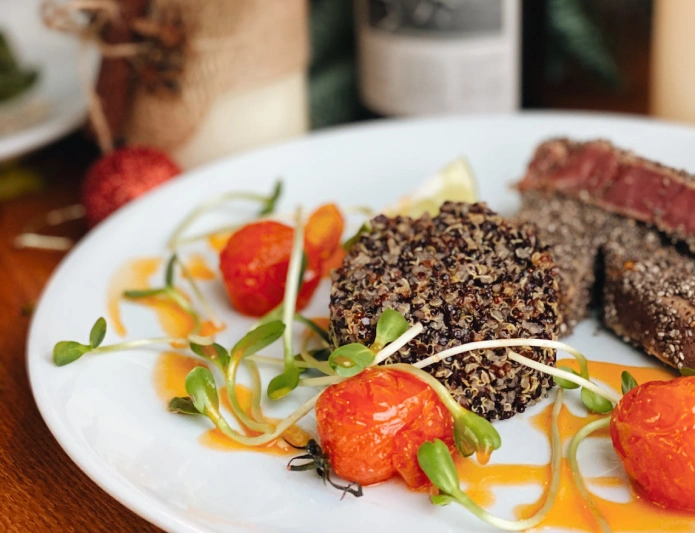
From Market to Table: Experiencing Peru’s Superfood Cuisine
Peru’s vibrant markets are the gateway to its ancient culinary secrets. Here, ancient Peruvian superfoods begin their journey.
These markets are not just places to shop. They’re where Peru’s rich heritage and biodiversity becomes visible.
The Journey of Quinoa: From Andean Fields to Your Plate
Quinoa’s journey starts in the high Andean plains. Farmers use traditional techniques .The quinoa harvest is a time of celebration that reunites the communities.
Quinoa needs processing before it reaches the market. The first step is harvesting and separating the grains. Farmers wash and dry the grains, removing the bitter saponins.
This makes quinoa ready for cooking and consumption. At the market, quinoa appears in various colors. Each offers a slightly different flavor and nutritional profile.
Maca: The Labor of Love
Growing maca is a labor-intensive process. It thrives in harsh conditions above 4,000 meters.
Farmers wait several months for maca roots to mature. Once harvested, maca roots undergo a natural drying process. This can last several weeks.
Dried maca root turns into powder. You can also find it whole. In markets, maca is available in both presentations.
The locals believe maca increases stamina and energy. This belief has now spread worldwide. The studies proved that maca is amazing for hormonal regulation.
Lucuma: Peru’s Natural Sweet
Lucuma grows on trees in the subtropical valleys of Peru. Its cultivation requires patience, as trees take years to bear fruit.
Harvesting lucuma is a careful process. Farmers pick the fruits by hand to avoid bruising. Lucuma’s skin is delicate and thin.
Lucuma arrives into markets as a precious fruit eaten on special occasions.
For processing, the pulp dries at low temperatures. This preserves its sweet, caramel-like flavor. Ground into powder. In Peruvian markets, lucuma powder sits alongside fresh fruits.
Amaranth: A Staple Reborn
Amaranth was once a staple food of the ancient civilizations of the Americas. Today, Peruvian farmers are reviving its cultivation.
They grow it for both its leaves and seeds. After harvesting, Farmers toast the amaranth seeds. This process enhances their nutty flavor.
In markets, amaranth is available in many forms. You can find it as grain, flour, or popped like popcorn. Look for it with the local name: Kiwicha.
Its versatility in cooking is unmatched. Amaranth leaves, rich in nutrients, are perfect for salads and as a cooked green.
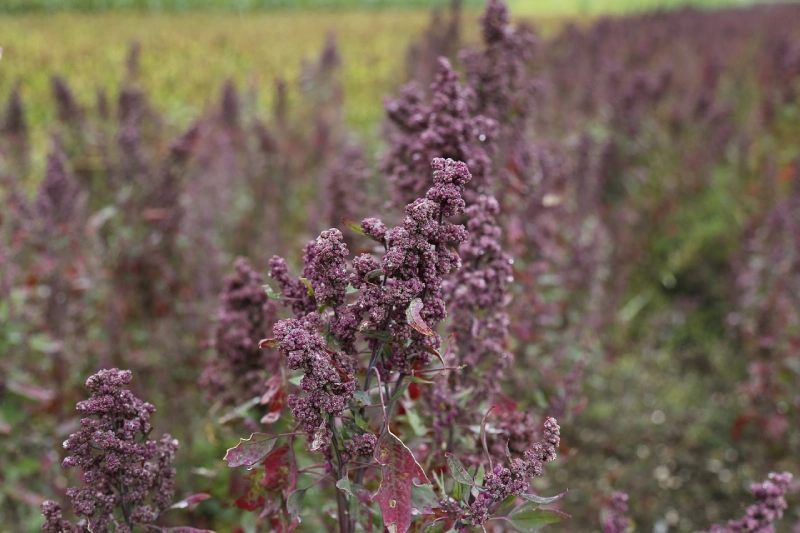
Camu Camu: From Wild Bushes to Global Superfood
Camu camu grows wild along riverbanks in the Amazon rainforest. Harvesting this fruit is challenging.
It requires boats and knowledge of the wild bushes. The fruits are collected by hand. This ensures that the berries arrive intact to the markets. It’s always harvested in small quantities.
To make camu camu last, it needs processing. The producer turns it into powder to preserve its nutritional benefits.
In markets, camu camu powder is a sought-after commodity.
Guinea Pig: A Peruvian Delicacy
Guinea pig (Cuy) in Peru, is a traditional Andean meat. It is high in protein low in fat compared to traditional meats.
It’s a sustainable farm animal, offering essential amino acids, vitamin B12, and iron, supporting muscle health and preventing anemia.
Cuy is a delicacy in Peruvian cuisine. People eat guinea pig roasted or fried. It is adored due to its contribution to a balanced diet, particularly in rural Andean communities.
Integrating Ancient Peruvian Superfoods into Modern Cuisine
These superfoods make their way from local markets to tables around the world. They’re integrated into traditional and modern dishes alike.
The Global Impact of Peru’s Superfoods
The popularity of these superfoods has grown beyond Peru’s borders. They have sparked a global interest in organic products and nutrition.
As demand grows, so does the opportunity for Peru to share its heritage. This has led to increased investment in rural communities.
A Culinary Revolution: Ancient Superfoods Leading the Way
Peru’s ancient superfoods are leading a culinary revolution. They’re changing how we think about food and health. These superfoods offer a gateway for Peruvian culinary culture.
Ancient Peruvian superfoods have stood the test of time. They nourished generations. Nowadays, these superfoods offer new alternatives for international culinary efforts.
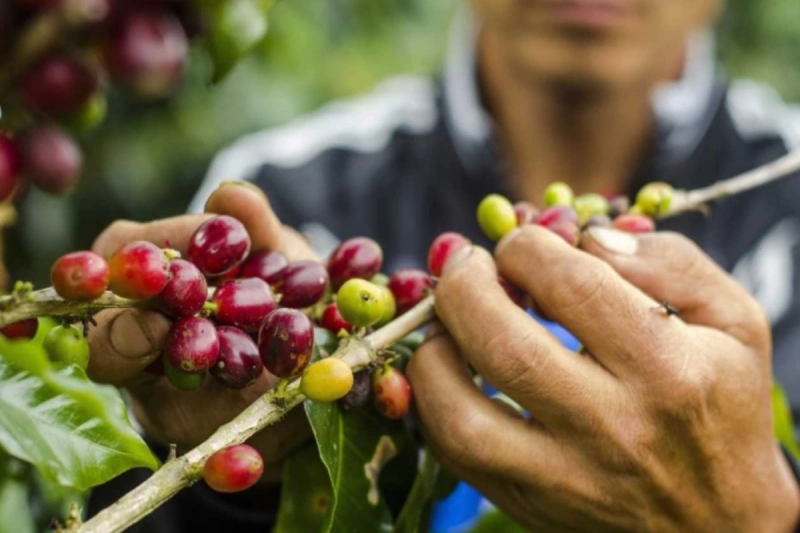
Savoring Tradition: Where to Find Peru’s Ancient Superfoods
Peru offers a culinary adventure like no other. Here, ancient Peruvian superfoods form the backbone of its rich cuisine. These superfoods, revered for centuries, remain staples in the Peruvian diet.
They are as much a part of Peru’s cultural identity as its ancient ruins and vibrant textiles. Now we will guide you on where to find and how to savor these nutritional powerhouses during your visit to Peru.
The Sacred Valley: A Superfood Haven
The Sacred Valley, with its fertile lands, is the heartland of many superfoods. Towns like Pisac and Ollantaytambo host vibrant markets. These markets sell everything from fresh produce to artisan goods.
The Pisac Market, in particular, is a fantastic place to explore. You’ll find an array of superfoods, including kiwicha (amaranth) and cañihua (a quinoa relative).
Local eateries and roadside stalls offer dishes made with these superfoods. Try the traditional “Cuy al horno” (roasted guinea pig). Easy to find in restaurants next to the main Highway.
Cusco: Blending the Ancient with the Modern
Cusco, once the capital of the Inca Empire, is a city where past and present merge. It’s an ideal place to experience superfood-rich traditional cuisine. San Pedro Market is a must-visit for food enthusiasts. You’ll find an abundance of superfoods, from fresh fruits to grains.
Restaurants in Cusco incorporate superfoods into traditional Andean dishes. For an authentic experience, try “quinoa chaufa”, a Peruvian take on Chinese fried rice. Another dish to look for is “Segundo de Tarwi” A stew that contains this legum.
Arequipa: The White City with a Green Heart
Arequipa’s cuisine is a testament to the region’s agricultural diversity. The city’s markets, such as Mercado San Camilo, offer a glimpse into the local diet’s richness.
Here, camu camu and lucuma are readily available. These superfoods are often used in smoothies and desserts.
Arequipa’s picanterías (traditional restaurants) serve dishes rich in superfoods. One such dish is “chupe de quinua”, a hearty quinoa soup. It’s a warming, nutritious every day meal.
The Amazon: A Wild Superfood Adventure
The Peruvian Amazon is the source of many of the country’s most unusual superfoods. Cities like Iquitos serve as gateways to this biodiversity hotspot.
Markets here teem with wild fruits and plants, including camu camu and the energizing guarana.
Jungle lodges and local eateries offer dishes made with these wild superfoods. You can enjoy fresh, wild-caught fish and exotic fruits.
This is a unique opportunity to taste the Amazon’s bounty in its most natural form.
Finding Superfoods Along the Coast
Peru’s coastline, with its rich marine life, is another excellent place to enjoy superfoods. Coastal towns like Paracas offer seafood dishes enriched with superfoods.
Ceviche, Peru’s national dish, often comes with a superfood twist. Its side dishes are sweet potato and corn, both native superfoods.
Restaurants along the coast also use seaweed and other marine superfoods. These ingredients add a nutritious boost to traditional dishes.
They showcase the coastal regions’ culinary creativity and the versatility of superfoods.
Integrating Superfoods into Your Culinary Journey
Exploring Peru’s culinary landscape is an adventure in nutrition and flavor. Ancient Peruvian superfoods are more than just ingredients.
They’re a bridge to understanding the country’s culture and nature. As you travel through Peru, make it a point to try these superfoods. They’re not only delicious, they are a new experience that nourishes your body.
Remember, the best way to experience these superfoods is by enjoying them in their local context.
Whether it’s a bowl of quinoa soup in the Andes or a lucuma dessert, each dish tells a story. It’s a story of a land blessed with incredible food.
